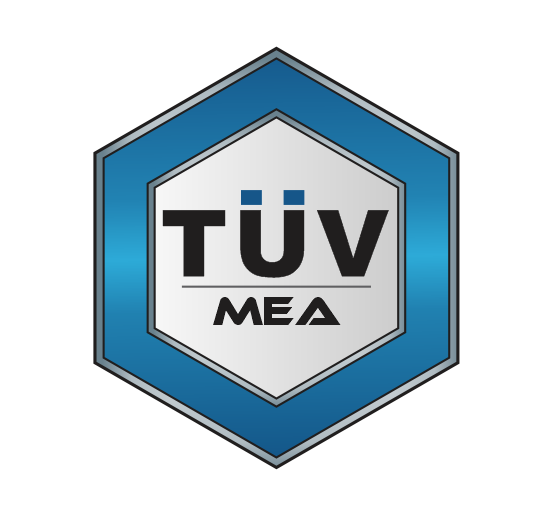CE Marking Certification
CE marking is a certification mark that indicates conformity with health, safety, and environmental protection standards for products sold within the European Economic Area (EEA). It is mandatory for many products to bear the CE mark before they can be legally sold in the EEA. The CE marking is not a quality mark or a guarantee of origin, but rather a declaration by the manufacturer that the product meets the essential requirements of relevant European Union (EU) directives.

Why CE Marking?
Obtaining CE marking is important for several reasons, and it offers various benefits to manufacturers and suppliers looking to market their products within the European Economic Area (EEA). Here are some key reasons why CE marking is essential:
Legal Requirement:
CE marking is a legal requirement for many products sold within the EEA. It indicates compliance with EU directives and standards, making the product eligible for sale in the European market.
Market Access:
CE marking provides access to the European Single Market, which comprises all EU member states as well as the European Free Trade Association (EFTA) countries. This facilitates the free movement of goods among these countries without the need for additional national certifications.
Consumer Confidence:
Consumers in the EEA often recognize and trust the CE mark. It signifies that the product meets the essential health, safety, and environmental protection requirements, contributing to increased consumer confidence.
Competitive Advantage:
CE marking can provide a competitive advantage in the European market. Consumers may prefer products that bear the CE mark, viewing them as safer and compliant with high-quality standards.
Risk Mitigation:
Conforming to the standards and regulations associated with CE marking helps mitigate risks related to product safety and performance. This is crucial for protecting both consumers and manufacturers.
Global Recognition:
While CE marking is specific to the EEA, it is often recognized and accepted in other parts of the world. Having CE marking can facilitate global market access and ease of trade beyond the European market.
Conformity with EU Directives:
CE marking demonstrates that a product complies with the essential requirements of relevant EU directives. These directives cover a wide range of product categories, including machinery, medical devices, electronics, toys, and more.
Efficiency in Compliance:
By adhering to the CE marking requirements, manufacturers can streamline compliance efforts. Instead of dealing with different national regulations, a single CE mark covers the product for sale across the entire EEA.
Customer and Supplier Relationships:
CE marking can enhance relationships with customers and suppliers. It provides transparency regarding a product’s compliance status and quality, fostering trust in business relationships.
Risk of Penalties:
Non-compliance with CE marking requirements can result in penalties, including fines and the withdrawal of products from the market. Obtaining and maintaining CE marking helps avoid these legal consequences.
Benefits
CE marking allows products to be freely traded within the EEA without the need for additional national certifications.
It ensures that products comply with EU health, safety, and environmental protection legislation.
CE marking enhances the credibility of a product, indicating that it meets high-quality standards.
Conforming to relevant standards helps minimize risks associated with product safety and performance.
Consumers often perceive CE-marked products as safer and of higher quality.
Process to Achieve CE Marking
Determine which EU directives and standards apply to your product. Different products fall under different directives.
Choose the appropriate conformity assessment procedure, which can involve self-certification, involvement of a notified body, or a combination of both.
The manufacturer assesses and declares conformity with the applicable requirements.
In some cases, involvement of a third-party notified body is required for product assessment.
Create comprehensive technical documentation demonstrating conformity with the essential requirements. This includes design data, test results, and production documentation.
Once conformity is established, affix the CE mark to the product. The mark should be visible, legible, and indelible.
Issue a Declaration of Conformity (DoC) stating that the product complies with relevant directives. The DoC should be kept on file and made available upon request.
Keep technical documentation for a specified period, usually 10 years after the last product has been manufactured.
Regularly review and update documentation to ensure ongoing compliance with any changes in standards or directives.
